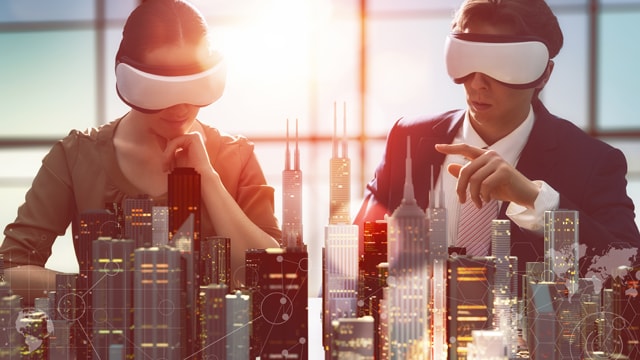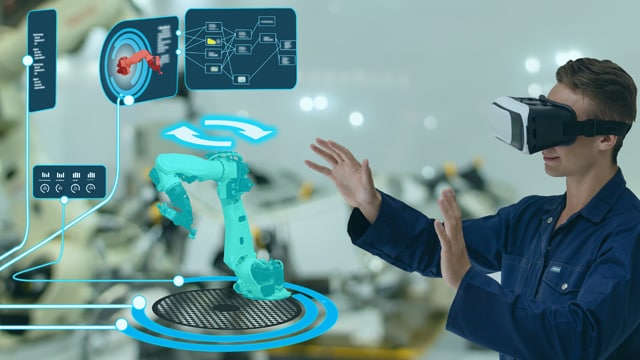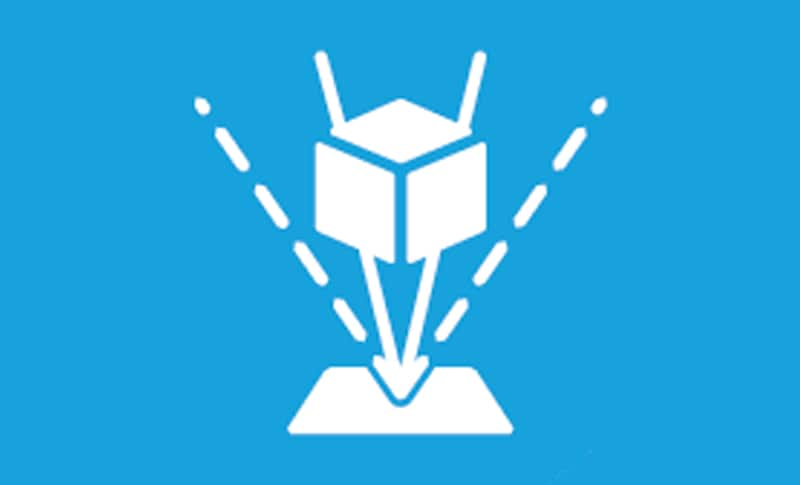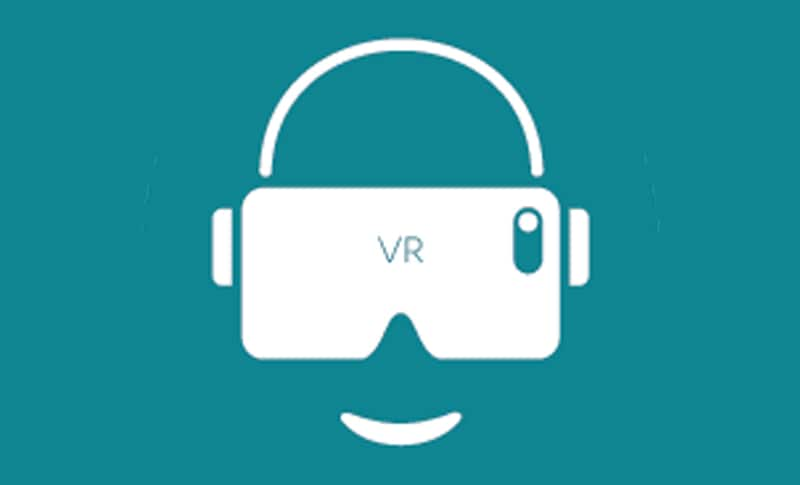Extended reality technology in global business services has been saved


GBS centers rely on training to ensure employees are upskilled or reskilled as necessary to support respective functions. By encouraging virtual reality-enhanced trainings, organizations can leverage the immersive environment for dynamic scenario analysis to not only train employees in foundational topics, but also provide a variety of scenarios to retool employees on intermediate and advance topics that employees may otherwise learn "on the job." Since xR-based trainings can better upskill staff to enhance their skill sets, organizations can leverage an enhanced talent pool to expand the offerings for their GBS centers, with the focus on expanding GBS centers to more value-added capabilities such as customer experience and user-centric design, as well as M&A integration services. This is a gateway to enhance "the center office" for more value-added functions driving an efficient operating model.


The ability to replicate, augment, and enhance physical spaces in the virtual world can provide benefits in leveraging xR technology to bridge the virtual and physical divide. With 3D modeling capabilities, organizations are able to replicate physical spaces, and augment them for “real life” experiences. Imagine the following: An organization would like to conduct field due diligence to determine the most optimal location for a new captive site. With the use of three preconfigured headsets, the team can not only virtually visit the site but also review key data points based on critical location factors (e.g., nearby universities for talent, regulatory requirements, and overall geographical placement) all within a digital realm. In addition to the standard interviews and due diligence meetings, software can be used to facilitate meetings with economic developers and government officials. In regards to more of a networking setting, imagine a golf outing, followed by a private happy hour that mimics real life in terms of sensory feedback. This can be achieved without having to set foot outside of the home!


Instead of creating physical prototypes, oftentimes at the cost of exorbitant R&D budgets, xR technology provides the capability to digitally develop, test, and modify prototypes at a fraction of the cost. The global virtual prototype market is estimated to reach $862 million in 2025, respectfully growing at a 19.4% CAGR. Traditional prototyping is a highly specialized function and is often supported by a complex supply chain and manufacturing backbone to produce physical prototypes that require multiple iterations, increasing the time and cost to process through the R&D pipeline. Fast-forward to prototyping in xR, where digital, one-on-one models can be created and modified at the tip of your fingers. R&D teams can collaborate dynamically and prototype in real time. Furthermore, GBS centers can leverage teams to do more of the creation components, leaving specialized functions to do the design and analysis activities. Leveraging xR in business results in a reduction in product development time and, by leveraging an optimal service delivery strategy, can allow R&D teams to focus on more of the value-added activities.






